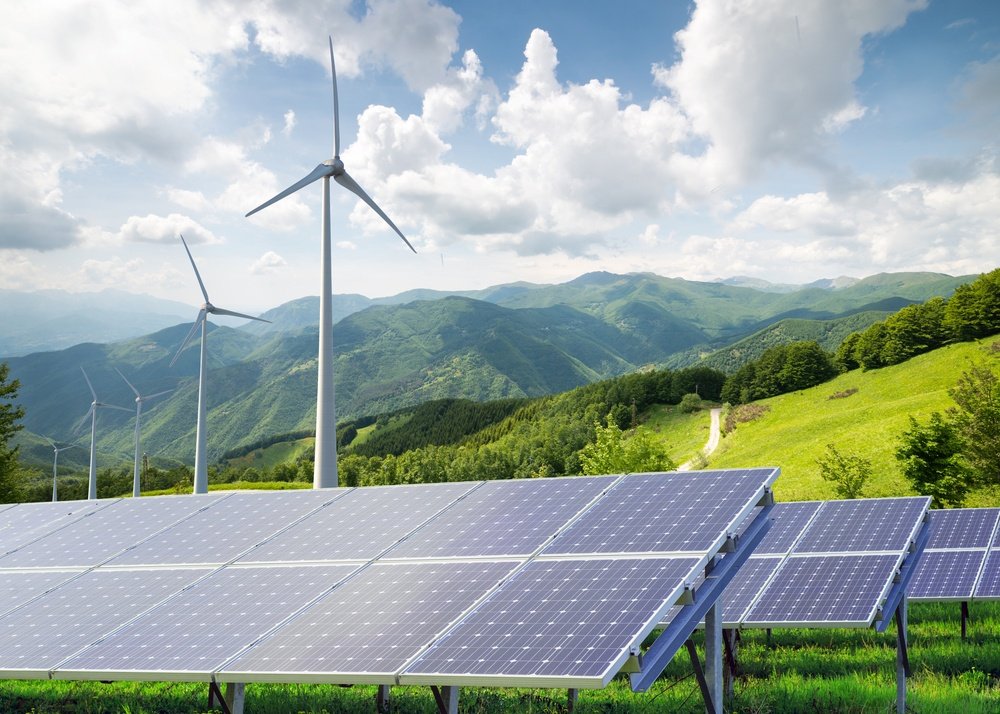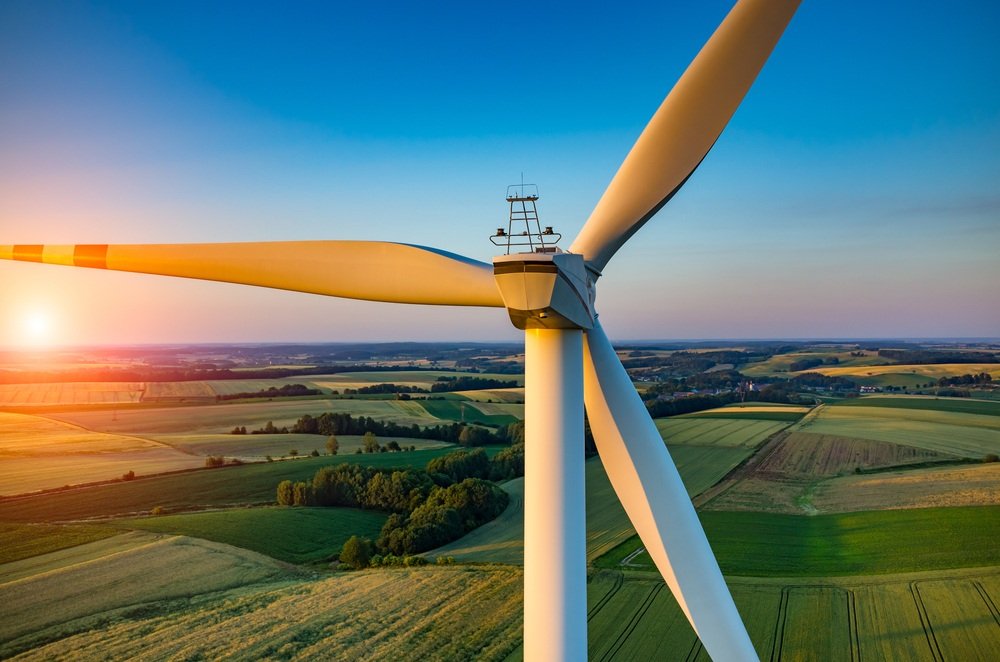Types of Renewable Energy And How They Work to Save You Money

Renewable energy relies on resources that will never run out, such as sunlight or wind, instead of finite resources such as oil and coal. Environmental activists have been encouraging homeowners and business owners to begin using renewable energy sources for years, but is it right for you? Learn about the types of renewable energy sources and the benefits of making the switch:
Solar Energy
Solar energy is the most widely available type of renewable energy and the cleanest, too. What is it? Solar power is energy emitted from the sun, which is later converted into thermal or electric energy. There are two types of solar energy systems: active and passive. Active systems rely on a mechanical or electric device to actively convert the solar energy into other forms of usable energy. However, passive systems use the solar energy without converting it first.
Geothermal Energy
Instead of capturing energy from the sun, geothermal energy relies on the planet’s heat. Geothermal power stations work to transform heated water obtained from the Earth into electricity. Countries throughout the world have started to rely on geothermal energy, including El Salvador, Iceland, and the Philippines. However, the majority of these stations in the U.S. are located in California, and because they are so expensive to build, this is not one of the most popular types of renewable energy.

Wind Power
Wind power is one of the fastest growing types of renewable energy in the United States. Turbines are needed to convert the kinetic energy of the wind into mechanical power that can be transformed into electricity with the help of a generator. Once the electricity has been created, it is sent to homes and commercial buildings in the area on power lines.
Hydroelectric Power
Flowing water, just like wind, has kinetic energy. To turn water into hydroelectric power, water is first stored in a reservoir. As the need for hydroelectric power increases, a gate holding the water back is lifted. This allows the water to drain out of the reservoir into pipes, which are positioned at an angle to increase the speed of the flowing water. The kinetic energy in the flowing water powers a generator positioned at the end of the drain pipe. This generator produces electricity, which is then transferred through power lines to nearby homes and businesses.
Why Should You Use Renewable Energy?
Unlike nonrenewable energy sources, renewable energy sources do not create greenhouse gases, meaning they are much safer for the environment. But, that’s not the only benefit this type of energy can provide to consumers today—renewable energy can also save you money.
Some homeowners may be turned off by the high price of making the change to renewable energy sources. For example, installing solar panels on the roof of your home will set you back thousands of dollars. However, using solar energy to power your electricity will also save you hundreds of dollars per year on your electric bills because you won’t be relying on the electricity provided by your electric company. This means over a number of years, the solar panels will pay for themselves.
Although making the change to solar panels—or any other form of renewable energy—is a commitment, it’s one worth making. Not only will you be doing your part to protect the environment, but it’s a long-term investment that will help you save money down the road!


